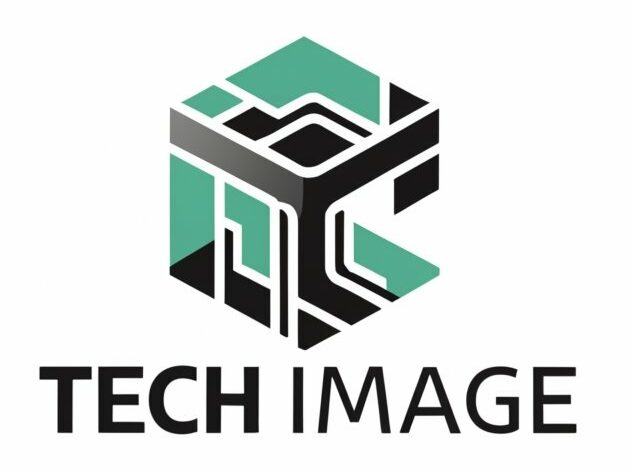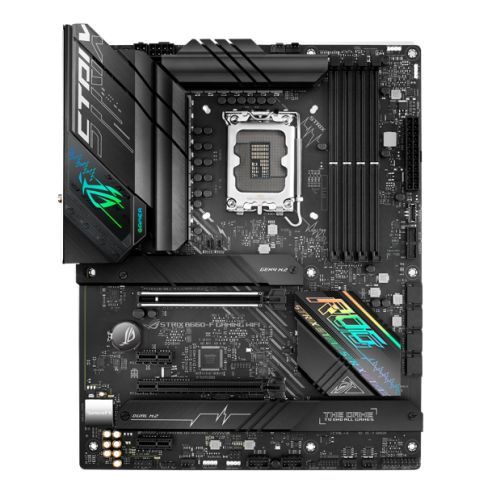When building or upgrading a computer, the motherboard is a critical component, often dictating the size, shape, and compatibility of other parts. Its form factor is a key aspect to consider. This blog post aims to demystify motherboard form factors, helping you make informed decisions for your computing needs.
Introduction to Motherboard Form Factors
The form factor of a motherboard refers to its size, shape, mounting holes, and port configurations. It determines the physical compatibility with computer cases and the type of power supplies it can use. Over the years, various form factors have been developed to cater to different needs, from powerful desktops to compact media centers.
The Most Common Form Factors
- ATX (Advanced Technology eXtended): The standard for most desktop computers, ATX motherboards measure 12 x 9.6 inches, offering ample space for CPU sockets, RAM, and expansion slots.
- Micro-ATX (mATX): A smaller version of the ATX, measuring 9.6 x 9.6 inches, mATX boards offer similar functionality with fewer expansion slots, fitting smaller cases.
- Mini-ITX: At 6.7 x 6.7 inches, Mini-ITX motherboards are popular in small form factor (SFF) builds and home theater PCs, balancing compact size with decent performance.
- Extended ATX (E-ATX): Measuring up to 12 x 13 inches, E-ATX motherboards cater to high-end users with extra space for more RAM, GPUs, and other expansion cards.
Lesser-Known Form Factors
- Nano-ITX and Pico-ITX: Even smaller than Mini-ITX, these are used in very compact devices like digital signage and embedded systems.
- BTX (Balanced Technology eXtended): A form factor designed to improve air flow and reduce noise, but less common today.
Choosing the Right Form Factor
Considerations for Your Build
- Case Compatibility: Ensure the case supports the motherboard’s form factor.
- Expansion Needs: More expansion slots and RAM slots are typically available on larger motherboards.
- Cooling Requirements: Larger boards may offer better cooling options.
- Port Availability: Check for the required ports and connections.
Usage Scenarios
- Gaming and High-Performance: ATX or E-ATX, for multiple GPUs and robust cooling.
- General Home or Office Use: ATX or mATX, offering a balance of size and expansion.
- Media Centers and Small Offices: Mini-ITX, for compact builds without sacrificing performance.
The Future of Motherboard Form Factors
As technology evolves, new form factors may emerge, focusing on modularity, flexibility, and integration. The trend towards smaller, more efficient components continues, with motherboards adapting to these changes.
Conclusion
Choosing the right motherboard form factor is crucial for a successful PC build or upgrade. It affects not just the physical size of your build but also its capabilities and expansion potential. By understanding the different options available and aligning them with your specific needs, you can ensure a balanced and future-proof computer setup. Whether you’re a gamer, professional, or casual user, there’s a motherboard form factor that fits your requirements.

